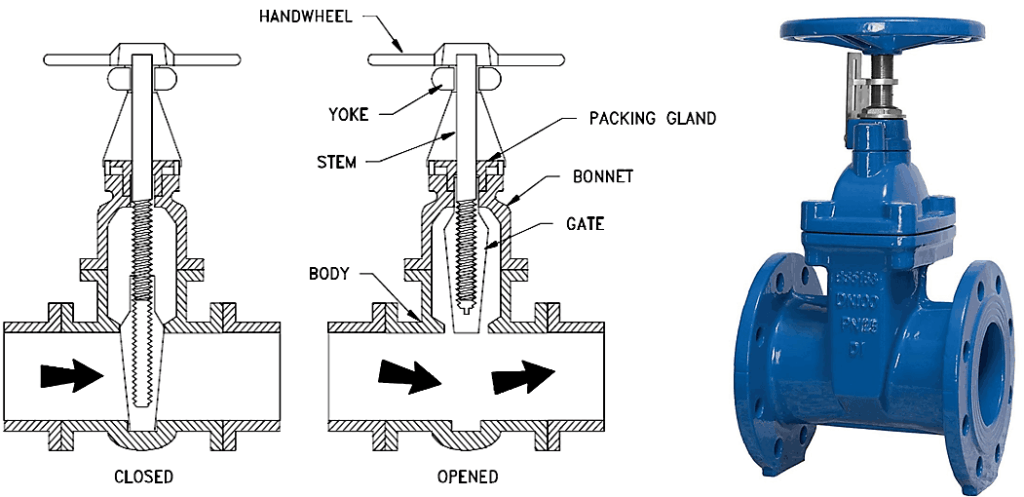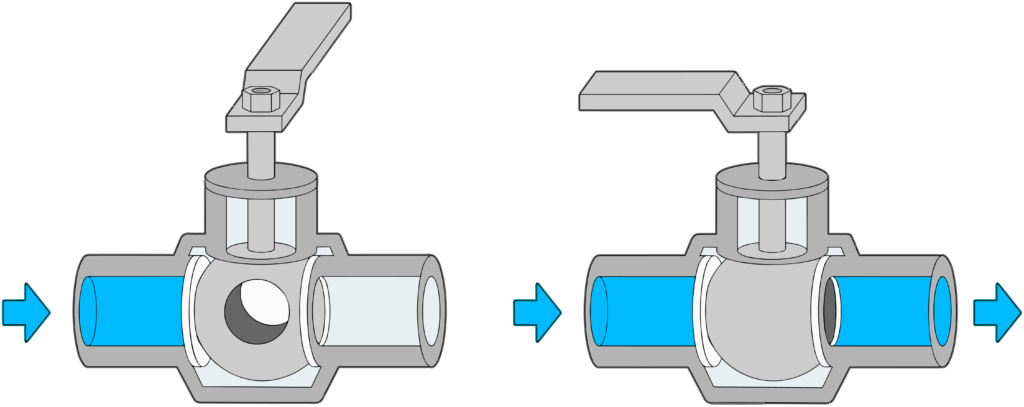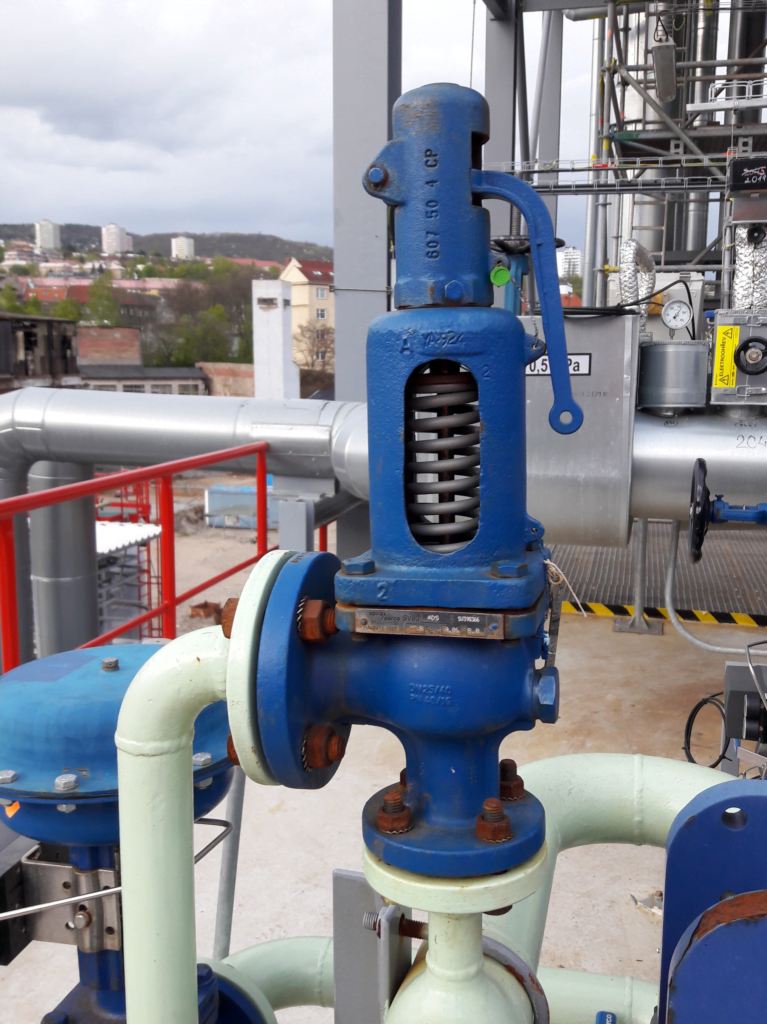In water supply systems, various types of valves are used to control the flow, pressure, and direction of water. These valves are essential for maintaining efficient and safe water distribution. Here are some common types of valves used in water supply systems:
1. Gate Valve

- Function: Used to completely open or close the flow of water. It offers minimal resistance when fully open.
- Usage: Main shutoff for water supply lines, distribution networks, and inlets to buildings.
2. Globe Valve


- Function: Designed for throttling or regulating flow, providing better control than gate valves.
- Usage: Applications requiring precise flow control, such as water treatment plants and cooling systems.
3. Ball Valve


- Function: Uses a spherical disc to control flow. It offers quick shutoff with a quarter turn.
- Usage: On/off control in residential and industrial water systems.
4. Butterfly Valve


- Function: A disc rotates to regulate flow. It can be used for throttling or flow isolation.
- Usage: Large diameter pipelines, water treatment facilities, and pump systems.
5. Check Valve


- Function: Prevents backflow in a system by allowing flow in only one direction.
- Usage: Pumping systems, water mains, and any system where backflow prevention is needed.
6. Pressure Reducing Valve (PRV)

- Function: Reduces the pressure of incoming water to a safe and manageable level.
- Usage: Domestic water systems, fire sprinkler systems, and industrial processes.
7. Pressure Relief Valve

- Function: Protects systems from overpressure by releasing excess pressure.
- Usage: Water heaters, boilers, and pressure vessels.
8. Air Release Valve


- Function: Releases trapped air from pipelines, preventing air pockets that can affect flow.
- Usage: High points in water distribution systems and pipeline networks.
9. Float Valve


- Function: Controls water levels in tanks by opening or closing based on the water level.
- Usage: Water storage tanks and cisterns.
10. Needle Valve


- Function: Provides precise flow control by adjusting the needle’s position.
- Usage: Instrumentation and calibration systems where precise flow control is needed.
These valves are integral to various aspects of water supply systems, including distribution, treatment, and safety. They ensure reliable operation, efficient water use, and protection of infrastructure.
TABLE: TYPES OF VALVE USED IN WATER SUPPLY SYSTEM
| Valve Type | Function | Usage |
|---|---|---|
| Gate Valve | Completely open or close the flow of water | Main shutoff for water supply lines, distribution networks, inlets to buildings |
| Globe Valve | Throttling or regulating flow | Water treatment plants, cooling systems |
| Ball Valve | Quick shutoff with a quarter turn | On/off control in residential and industrial water systems |
| Butterfly Valve | Throttling or flow isolation | Large diameter pipelines, water treatment facilities, pump systems |
| Check Valve | Prevents backflow by allowing flow in one direction | Pumping systems, water mains, backflow prevention |
| Pressure Reducing Valve (PRV) | Reduces incoming water pressure to a safe level | Domestic water systems, fire sprinkler systems, industrial processes |
| Pressure Relief Valve | Protects systems from overpressure by releasing excess pressure | Water heaters, boilers, pressure vessels |
| Air Release Valve | Releases trapped air from pipelines | High points in water distribution systems, pipeline networks |
| Float Valve | Controls water levels in tanks | Water storage tanks, cisterns |
| Needle Valve | Precise flow control | Instrumentation, calibration systems |
